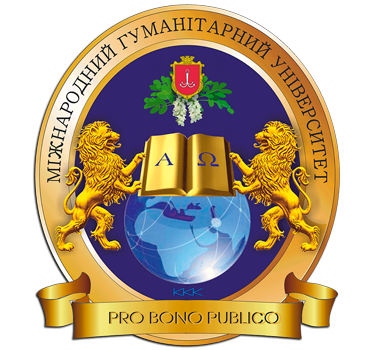ENERGODYNAMICS OF BLOOD CIRCULATION IN THE PERIOPERATIVE PERIOD OF PATIENTS WITH ACUTE CORONARY SYNDROME WHO UNDERWENT AORTOCORONARY BYPASS
DOI:
https://doi.org/10.31379/2411.2616.14.2.7Keywords:
acute coronary syndrome, coronary artery bypass grafting, energodynamics.Abstract
The article discusses the energy approach to assessment of the state of the circulatory system (CS) in heart failure in patients with acute coronary syndrome (ACS). From this point of view all indicators of CS are divided into kinetic (end-diastolic volume of the left ventricle – LVEDV and end-systolic volume of the left ventricle – LVESV, stroke volume – SV, ejection fraction – EF, cardiac output – CO), dynamic (arterial blood pressure and central venous pressure – BP and CVP, their difference – total perfusion pressure of the systemic circulation –TPPSC, total peripheral vascular resistance – TPVR) and energy (power cardiac output – PCO, power consumption of tissue – PCT, oxygen reserve – OR and integrated energy coefficient – IEC). The required dose of dobutamine, the duration of cardiopulmonary bypass (СB) after heating, and the duration of postoperative mechanical ventilation of the lungs (MV) were fixed. 36 patients were examined (group 1, n = 18, group 2, n = 18) with ACS with an initial EF < 40%, who underwent сoronary artery bypass grafting (CABG) during the same anesthetic management, which in group 2 was distinguished by the use of calcium sensitizer Levosimendan. Results. The CABG improved the kinetic indices of SC of patients with CABG equally in both groups (with the exception of SV, which was significantly higher in group 2). The dynamic indices (TPPSC and TPVR) were optimized in group 2 to a significantly greater degree, which allowed in this group to significantly increase OR and IEC and significantly reduce the duration of postoperative СB and MV, as well as the required dose of dobutamine. Conclusions. 1. Traditional kinetic and dynamic indicators of CS do not fully reflect its state in heart failure caused by ACS. 2. Calculation in the perioperative period of energy indicators of CS of patients with ACS during CABG allows predicting the course of the postoperative period.
References
Цілі сталого розвитку: Україна. Національна доповідь. Міністерство економічного розвитку і торгівлі України. Квітень, 2016. С. 24-31.
J.J. McMurray et al. ESC Guidelines for the diagnosis and treatment of acute and chronic heart failure 2012: the task force for the Diagnosis and Treatment of Acute and Chronic Heart Failure 2012 of the European Society of Cardiology. Developed in collaboration with the Heart Failure Association (HFA) of the ESC, Eur. Heart J. 33 (14) (2012) 1787–1847.
Acute heart failure syndromes: current state and framework for future research / M. Gheorghiade [et al.] // Circulation. – 2005. – Vol.112 (25). – P.3958–3968.
Management of cardiogenic shock / H. Thiele [et al.] // Eur. Heart J. – 2015. – Vol.36 (20). – P.1223–1230.
ACC/AHA Guidelines for coronary artery bypass graft surgery / K.A. Eagle [et al.] // JACC. – 2004. – Vol. 44. – P. 213-310.
London M.J., Mittnacht A.J., Kaplan J.A. Anesthesia for myocardial revascularisation // Kaplan’s Cardiac Anesthesia, ed by Kaplan J.A., Reich D.L., Lake C.L., Konstadt S.N., 5th edition // Philadelphia, Saunders Elsevier. – 2006. – p. 585-644.
Михневич К.Г. Некоторые вопросы гидродинамики и энергетики циркуляторного и гемического звеньев системы транспорта кислорода (часть 3) / К.Г. Михневич // Медицина неотложных состояний. – 2018. – №6(93). – С. 28-34.
D. DuBois, E.F. DuBois. A formula to estimate the approximate surface area if height and weight be known / D. DuBois, E.F. DuBois // Arch Intern Med. – 1916. – Vol.17. – P.863–71.






